The internet is full of hair care tips and tricks that can sometimes make us dizzy and that often contradict each other. We end up at the salon asking for a few inches to be cut off, buy the product the stylist recommends, and start all over again. So, the best thing to do is to learn from the experts to understand how hair behaves, and then make our own decisions.
At Bright Side, we are going to share a few details with you about your hair, so you can learn how to take care of it.
1. It grows about one-half inch per month.
Hair grows about half an inch per month. We have an average of 120,000 follicles and they all go through different phases of their life cycle: growth, transition, rest, and shedding. It’s good to know that hair will follow its natural cycle, no matter whether you decide to cut it or not.
2. Dandruff is also known as seborrheic dermatitis.
Dandruff is not a dry scalp problem, in fact, it almost always happens when the scalp is oily. It is an overgrowth of a natural fungus called Malassezia on the scalp, which grows in oils. The oilier it is, the more dandruff you will see. It is recommended that you use a specialized shampoo, masks, and scalp treatments and follow a diet rich in vitamin B and zinc, consuming foods like avocado and ginger.
3. Your scalp should be treated like the rest of your skin.
Make sure it is clean and well hydrated, just like you do when you shower the rest of your body. If you exercise a lot, you may need to wash it a little more.
4. More hair = more sebaceous glands
Chances are, if you have fine hair, you’ve noticed that if you don’t wash it daily, the roots become very greasy and deflated. This happens because when you have fine hair, you have more hairs on your scalp. Since each hair is attached to a sebaceous gland, this means you have more glands and therefore your hair becomes oilier.
5. To wash hair is to moisturize it.
While it may be common to not want to wash curly or textured hair too much, keep in mind that washing is part of the moisturizing process. So the more you wash it, the more you moisturize it.
6. It grows in a conical shape.
Because hair grows naturally tapered, when you shave, you are only cutting off the blunt ends, that is, you cut the hair at a thicker point along the hair shaft. When you wax, on the other hand, you’re pulling the veil out of the follicle and you’ll see it grow from the beginning.
However, neither method will prevent it from continuing to grow in a conical shape. That’s why shaving won’t make it grow back thicker.
7. The way you dry it can damage it.
Drying your hair with a blow dryer or leaving it to dry on its own won’t make a difference, but the way you go about these 2 alternatives will. If you tie it up and some of it gets wet, rub it too much with a towel, or touch it and force it too much, you can damage it just as much as if you were using a blow dryer at too high a temperature.
8. Shampoo removes the hairs that were already loose.
When you shampoo, what the shampoo does is remove the hairs that were already out of their hair follicle and ready to come out. It is normal to lose up to 100 hairs a day. Contrary to what many people think, shampooing does not cause hair loss. On the contrary, it helps keep your scalp healthy and your hair will grow stronger.
9. The age at which gray hair begins to appear depends on your genes.
Melanin is what gives color to your hair, so when you stop producing it, it turns gray. When you start to get gray hair depends largely on your genes. For example, if your mother or father turned gray at an early age, this increases the chances that you will inherit it too. However, stress can also accelerate the process.
Don’t pull out your gray hair, in the long run you will only damage your follicles and that is more counterproductive than making friends with them.
10. Split ends occur due to daily wear and tear.
Blow-drying, towel-drying, brushing, as well as wind, sun, or even a hat in the winter gradually damage the hair. Hair does not regenerate, so we must take good care of it. The only way to get rid of split ends is to cut them.
11. Getting a good night’s sleep helps your hair health.
When we sleep, the body produces a hormone called melatonin. This hormone regulates sleep and helps hair growth. Therefore, a lack of sleep can result in a reduction of melatonin, and thus in hair loss.
On the other hand, a lack of sleep can cause stress and this, in turn, can cause telogen effluvium, a condition that pushes hair into a resting stage and causes premature hair loss.
12. Scalp massages will help hair growth
Many studies have found multiple benefits of scalp massage, including thicker hair and reduced hair loss or alopecia. This is because massage stretches the cells of the hair follicles and thus stimulates them. It is also believed to dilate the blood vessels under the skin and that contributes to growth.
You can massage with your fingers, both gently and in circles, while washing, with brushes or massage tools, and you can even use essential oils like lavender or peppermint oil.
How do you take care of your hair on a daily basis? What tips have you taken that haven’t worked out the way you expected?

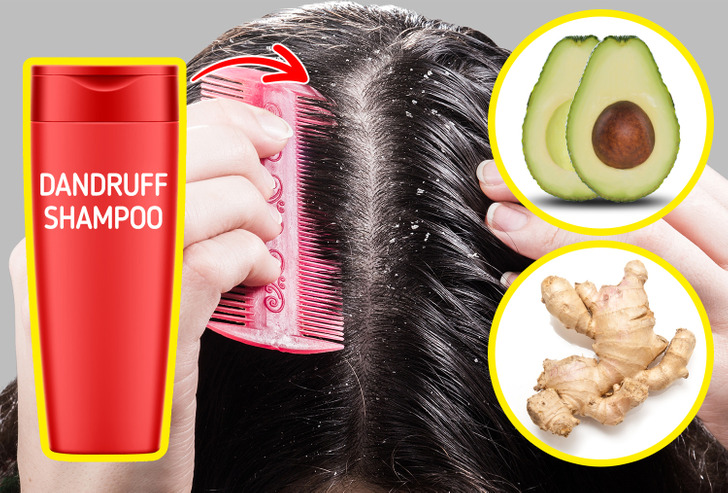
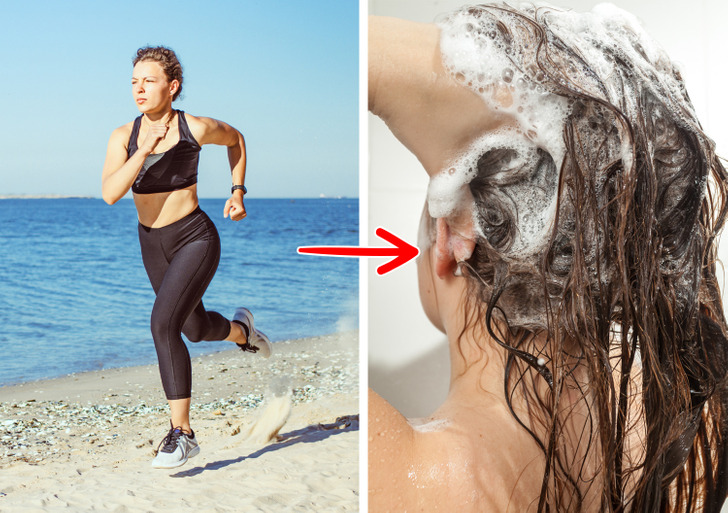
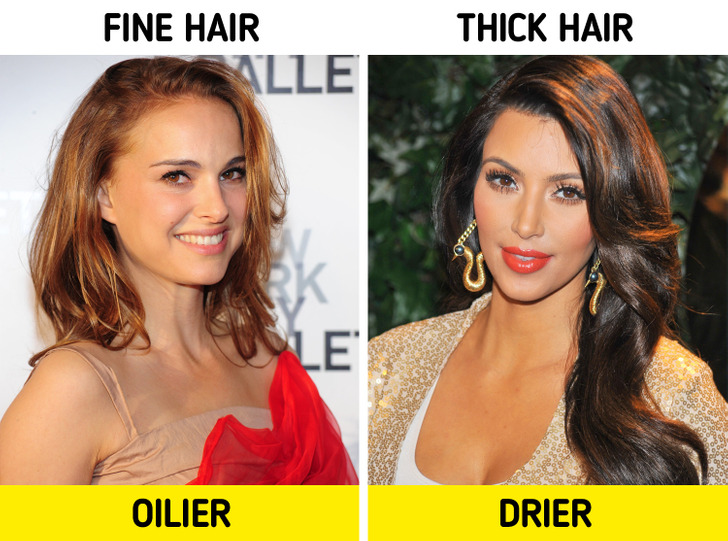
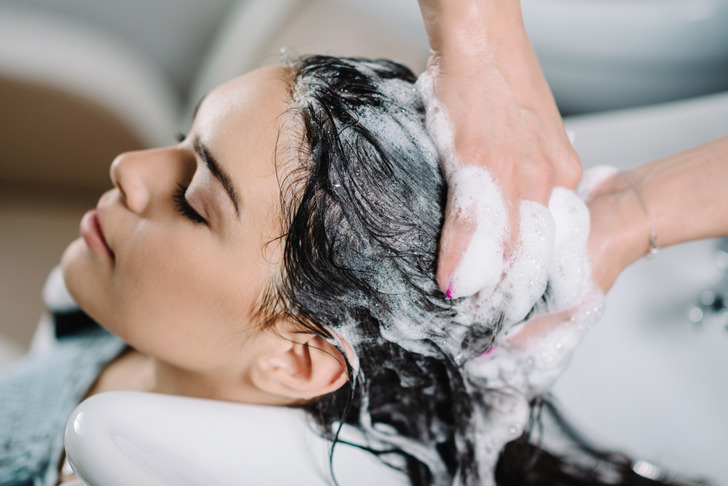
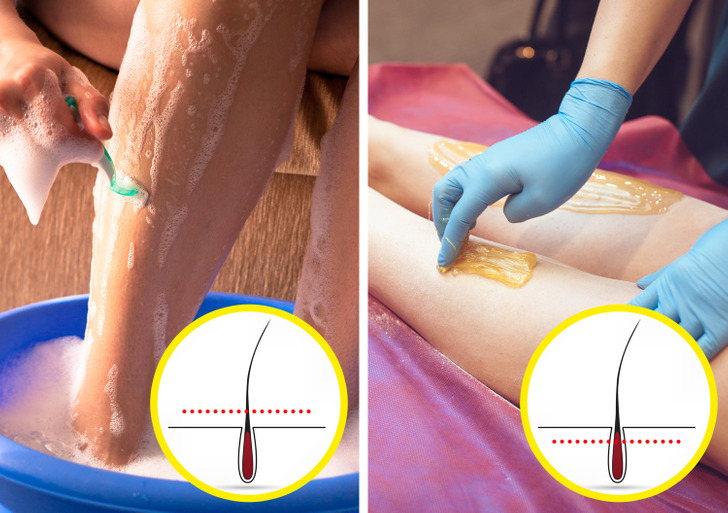
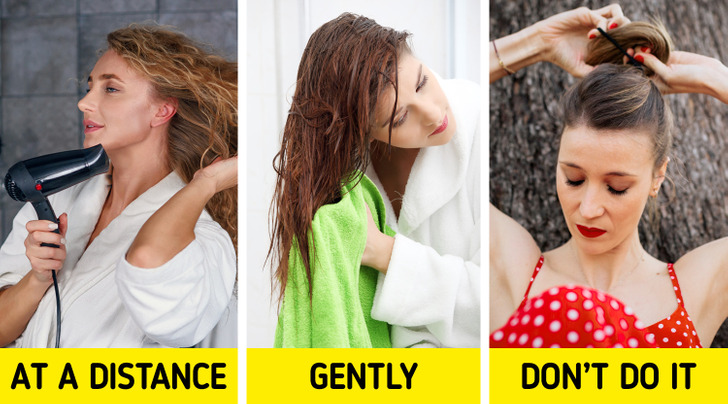
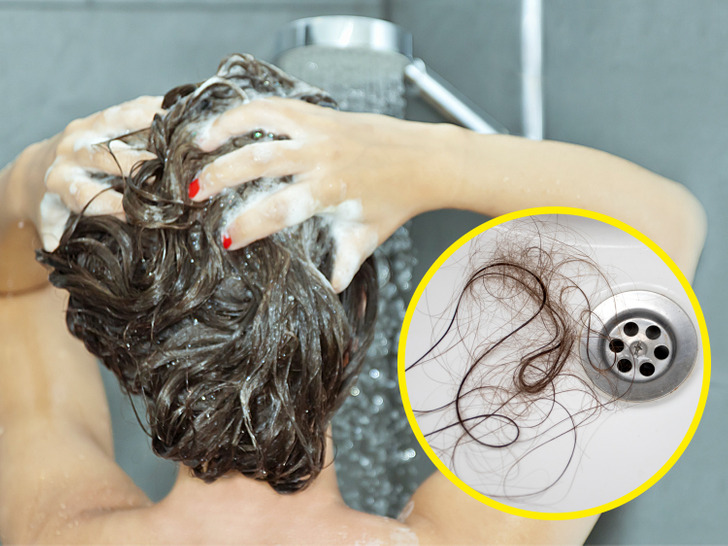
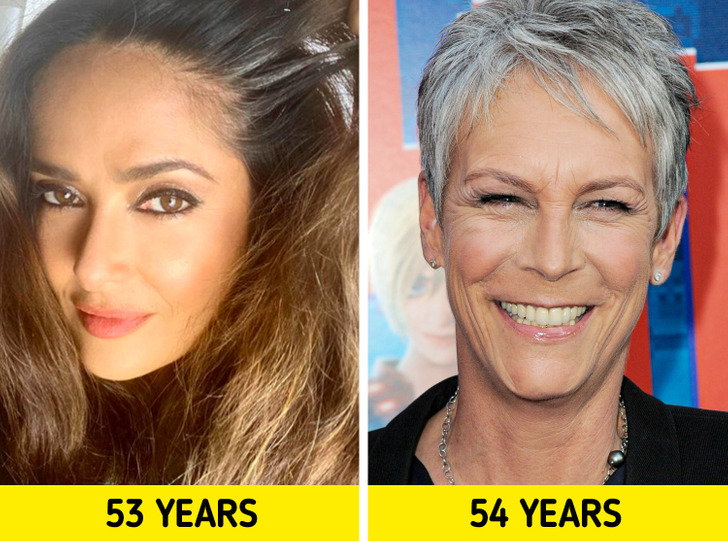
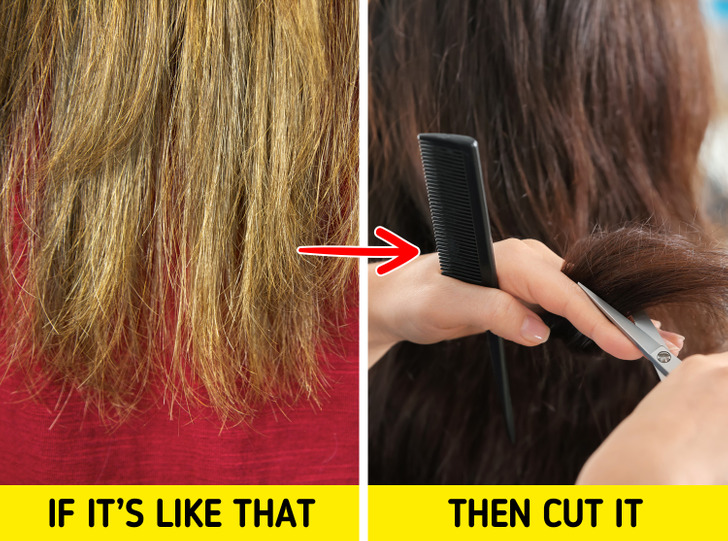

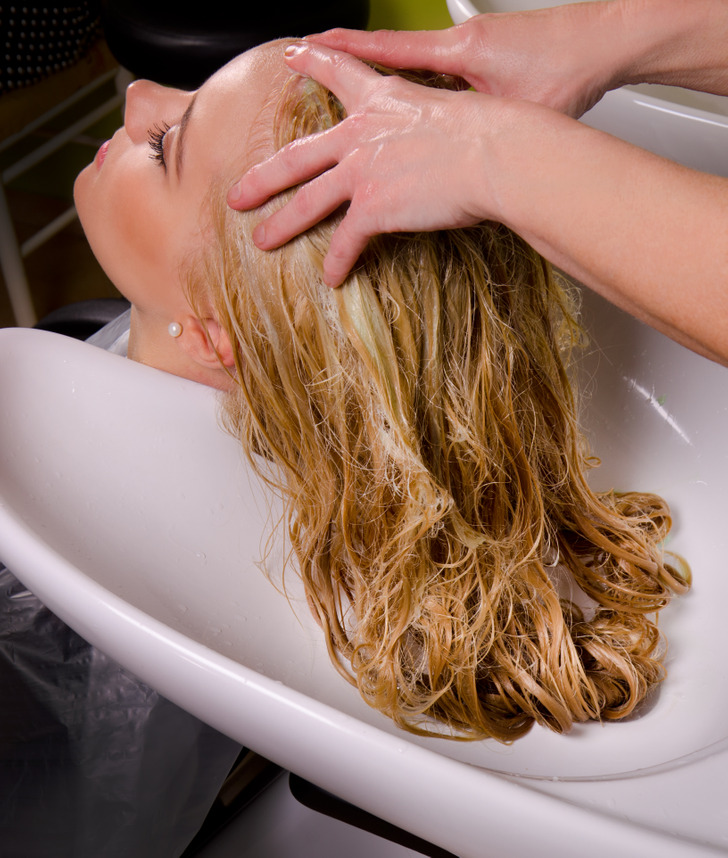
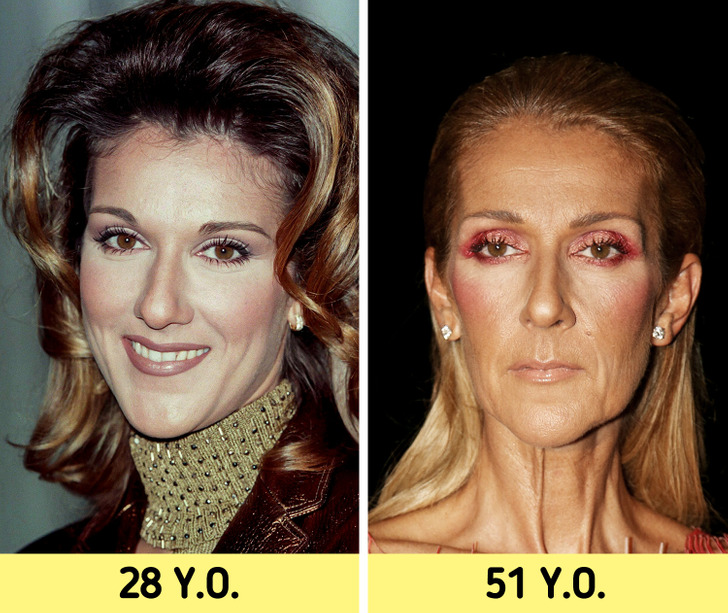

0 comments:
Post a Comment